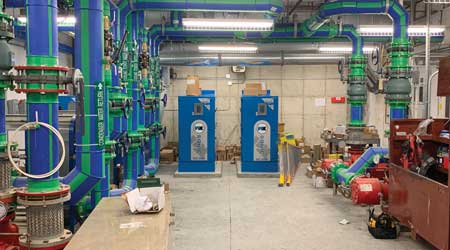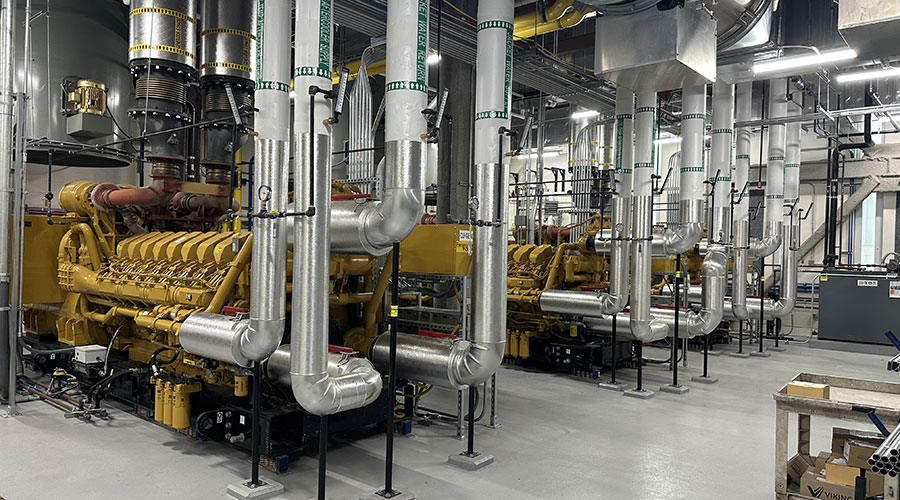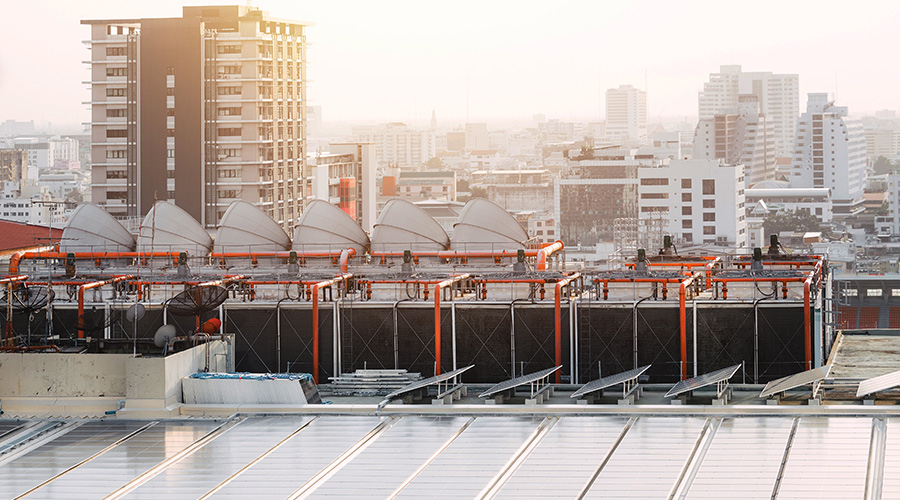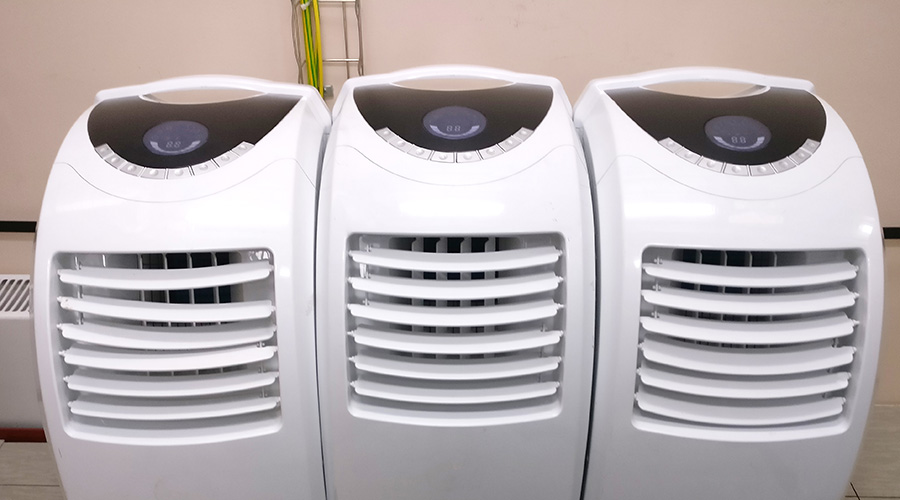3 Plastic Piping Options Offer Cost Savings, Flexibility
A wide range of plastic piping options for new construction and renovation offer flexibility, cost efficiency, and easy installation.
For decades, copper and galvanized pipe were the dominant piping materials in commercial and institutional buildings. Today, facility managers have a wider range of options for new construction and renovation. Three common types of piping materials in use today are plastic: CPVC, PEX, and PP-R. Compared to copper and other metal systems, these plastic systems are lower in cost, easier to install, chemically inert, and abrasion- and scaling-resistant, and have a lower rate of biofilm formation. They do not corrode or have reduced flow rates due to tuberculation.
The increased interest in plastic piping options has come as copper and galvanized pipe material and labor costs have increased dramatically. Other issues have also developed. For example, changes in municipal water treatment system chemistry have been cited as a cause for the development of pinhole leaks in copper water supply piping. Tuberculation in galvanized piping reduces the flow capacity of the piping.
These and other issues have led facility managers to look for alternatives. CPVC, PEX, and PP-R, all thermoplastic, offer excellent performance over rated service lives of 40 to 50 years. Each option has its own advantages and disadvantages; different manufacturing processes give each type of pipe slightly different properties. Facility managers should understand these differences and the requirements of their particular application.
CPVC piping
CPVC (chlorinated polyvinyl chloride) piping has been commonly used in building potable and waste water systems since the late 1950s, and in fire sprinkler systems since 1985. Its pressure rating depends on the temperature of the liquid: 400 psi at 73 F, and 100 psi at 180 F. Common applications in facilities for CPVC piping include domestic hot and cold water systems, hydronic systems, chilled water piping, and fire protection systems.
CPVC piping and its fittings are widely available and inexpensive to purchase. No flame or electricity is required during installation. Components are joined using a solvent cement welding process that requires no special tools. The rigidity of the piping requires fewer hangers and supports, yet the piping is flexible enough to be easily installed in tight spaces. It has higher tensile and flexing strengths in comparison to other thermoplastic pipe. It also has a low combustion rating.
CPVC is chlorine-resistant, making it well suited for use in drinking water systems that have been treated with chlorine. It is resistant to corrosion and tuberculation.
One factor to be aware of with CPVC piping is the number of joints and fittings required. Other thermoplastic piping is more flexible than CPVC, allowing installers to bend the pipe around obstructions rather than install a fitting. CPVC does not flex as readily, resulting in more fittings. And while the fittings are durable, each one increases the risk of a leak.
PEX piping
PEX (cross-linked polyethylene) has been used in residential and commercial buildings since the 1980s. First used in radiant heating systems, the piping initially had issues with leaks where fittings connected to the pipe. Improved fitting designs eliminated the leaks and led to wide acceptance.
PEX piping is flexible and requires no soldering or solvent cement welding. Fittings are attached to the pipe using special crimpers and presses.
There are three different types of PEX: PEX-A, PEX-B, and PEX-C. PEX-A is the most flexible. This flexibility eases installation and allows the pipe to expand rather than crack if exposed to freezing temperatures. PEX-A is the most expensive and widely used type.
PEX-B is slightly stiffer than PEX-A, making it a little more difficult to install. Like PEX-A, it can expand and resist cracking due to freezing. It offers good chlorine resistance and is slightly less expensive than PEX-A.
PEX-C is the stiffest and the most difficult to work with. This stiffness also makes it more prone to damage from freezing. The least expensive form of PEX, it is generally used for repairs of short sections of piping.
The use of crimped fittings for PEX, while simplifying installation, does require special tools and properly trained installers.
PEX is a good selection for renovations. Its flexibility allows it to be snaked through existing voids in walls and floors. And PEX can be easily connected to existing metal piping.
PEX use is limited to indoors as UV light causes it to break down fairly rapidly. Care must be taken even with indoor installations as the piping is attractive to rodents. There have been cases where rodents have chewed sufficiently on the pipes to cause leaks.
PP-R piping
PP-R is a high-temperature plastic piping system. It was first used in Europe in the 1980s in chemical systems that required protection either from chemicals being transported by the pipes, or by chemical contamination to the fluid from the pipe. Its use expanded to include radiant heating systems. It was first used in the United States in the 2000s, for the same applications. Today, it can be found in hot and cold water systems, underground piping systems, compressed air systems, and building hydronic systems.
Unlike other plastic piping systems, PP-R piping uses fittings that are attached to the piping using a fusion welding process. A hand-held fusion slicer is used to make the joints. This requires a higher level of skill on the part of the installer, as well as the use of special equipment. The result is the most reliable fittings of the plastic piping systems in use today.
The pressure rating of PP-R pipe depends on the temperature of the fluid and the wall type of the pipe. The minimum pressure rating at 73 F is 160 psi, and 100 psi at 180 F.
PP-R piping is high strength, resisting damage from both freezing and impact. The use of polymer stabilizers can protect it from UV light, allowing the pipe to be used outdoors.
Some soils can degrade the material. Although it can be used in hot or heating water systems, temperatures above 140 F may cause cracks and crazing. Facility managers should do their homework when considering it for those applications.
Related Topics:













